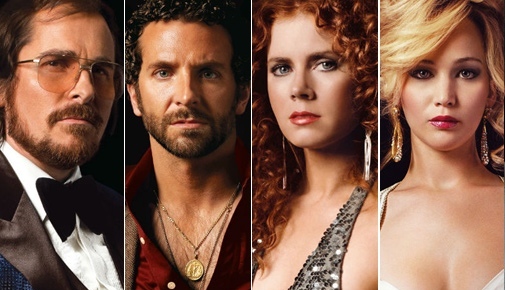The O. Russell Factor: Why Fewer Oscar Contenders are Not the Wider Best Picture Field’s Problem, and Maybe Even a Good Thing

In a recent Grantland article, Mark Harris argues that the widened Oscar Best Picture field has shrunk the number of movies contending in the major Oscar races (namely the picture, director, acting and screenplay categories). As proof, Harris cites a “jarring statistic”: the past two years’ major-category nominations are spread among the fewest number of movies—12 this year, 14 last year—that we have seen in the Academy’s past 30 years. For Harris, this trend is cause for alarm: “A drop in the last two years… represents the encroachment of an all-or-nothing mentality that has… been fueled by the Academy’s misguided approach to its biggest prize.”
Such alarmism is surprising to witness from Harris, who has intervened with inimitable sharpness at many a time when others’ paranoias about the Oscar race have gone too far. In my assessment, Harris misleads us (and himself) in this case by focusing merely on the Oscar years of 1984 to 2013. This focus is misleading for a simple reason. Before the 2012/13 Oscar races, the last time a movie was nominated in all four acting categories was in 1981—just three years shy of the range Harris has chosen to consider.
Straddling the acting categories
Put another way, it has been 31 years since we last saw a movie that hogged at least seven of Oscar’s precious 40 to 45 major-category nominations. We’ve now seen this happen two years in a row: first with Silver Linings Playbook, and this year with American Hustle. The common factor is David O. Russell, now the only director ever in Academy history to have twice directed a movie that garnered a nomination in each acting category, let alone in back-to-back years. This singular record might reassure us that the past two Oscar years have been an anomaly to be marveled at, rather than a worrisome trend.

